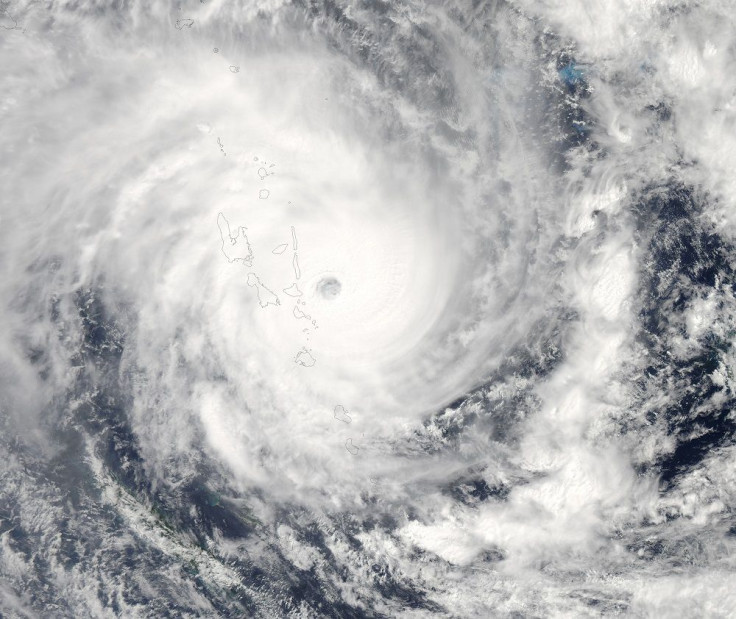Cyclone Pam Moving Closer To New Zealand; Residents Prepare For Heavy Rain, Power Cuts

New Zealand’s Gisborne has been warned to prepare for power cuts and flooding as Cyclone Pam heads towards the country. After the storm has made landfall in Vanuatu, it is expected to move closer to New Zealand.
MetService said there is still some “uncertainty” as to the exact path of the cyclone. TVNZ reports that the Gisborne District Council has set up an emergency operations centre to prepare for gale-force winds and heavy rain predicted to come.
The weather bureau said strong winds are expected in the area and Bay of Plenty. The arrival of the cyclone can cause damage to trees, power lines and roofs of buildings. The MetService also issued severe weather warnings for the Bay of Plenty, the northern part of Hawke’s Bay, Northland and Coromandel. Auckland is expected to see rain on Mar. 15.
Meanwhile, the Australian Red Cross has reported via Twitter that humanitarian needs in Vanuatu will be “enormous” as Cyclone Pam smashed the capital. Relief workers said there was “unbelievable destruction” in Port Vila. Meteorologists said the storm has slightly weakened but it continues to hammer the islands after hours of torrential rain and strong winds.
Cyclone Pam, one of the strongest storms seen in the South Pacific in years, has hit the Vanuatu’s capital and sparked fears of mass destruction. The capital, the biggest city in the Pacific country’s island chain, is near the coastline that is prone to storm surges during powerful storms.
CNN reports that Cyclone Pam is the strongest storm to make landfall since Super Typhoon Haiyan hit the Philippines in 2013. Chloe Morrison, an emergency director for World Vision, said that after seven hours of hunkering down in her room during the storm, she found it not safe to go out just yet.
Residents in parts of New Zealand were urged to prepare three days' worth of food and water, secure valuables and clear their gutters ahead of the storm. WeatherWatch head analyst Philip Duncan said computer models have indicated that the eye of the storm will be to the east of New Zealand on Mar. 16.
Duncan said no one should underestimate the power of the storm. He added that there is still the possibility of Cyclone Pam changing course and narrowly missing New Zealand. He warned of rough waves pounding the east coast and last most of next week for some eastern areas.
To report problems or leave feedback on this article, contact: r.su@ibtimes.com.au





















